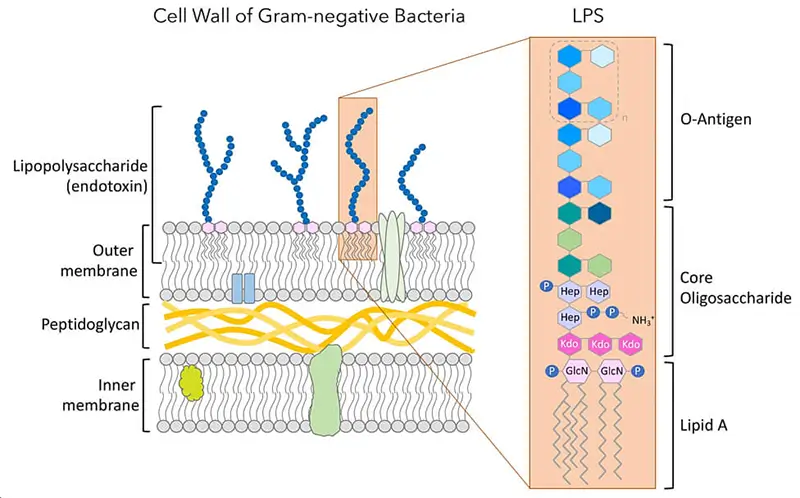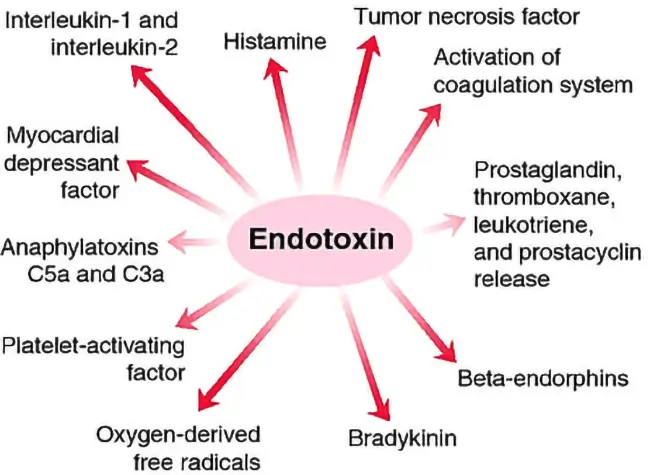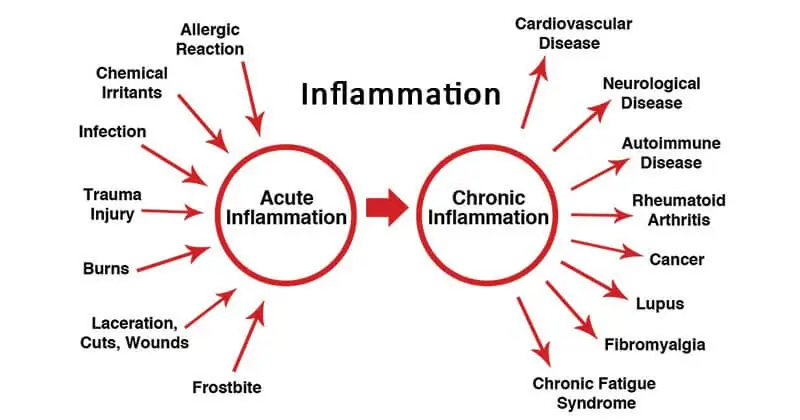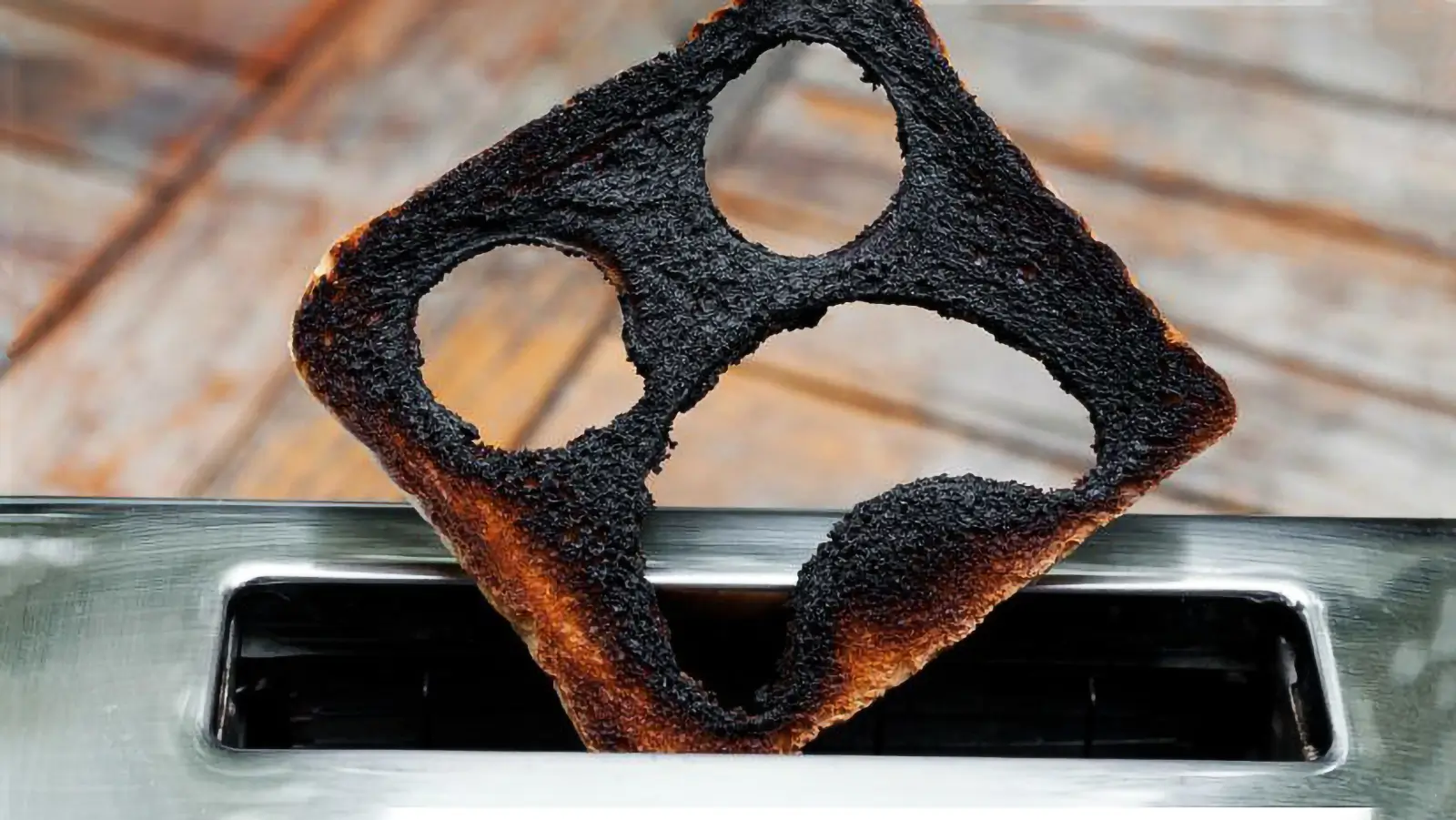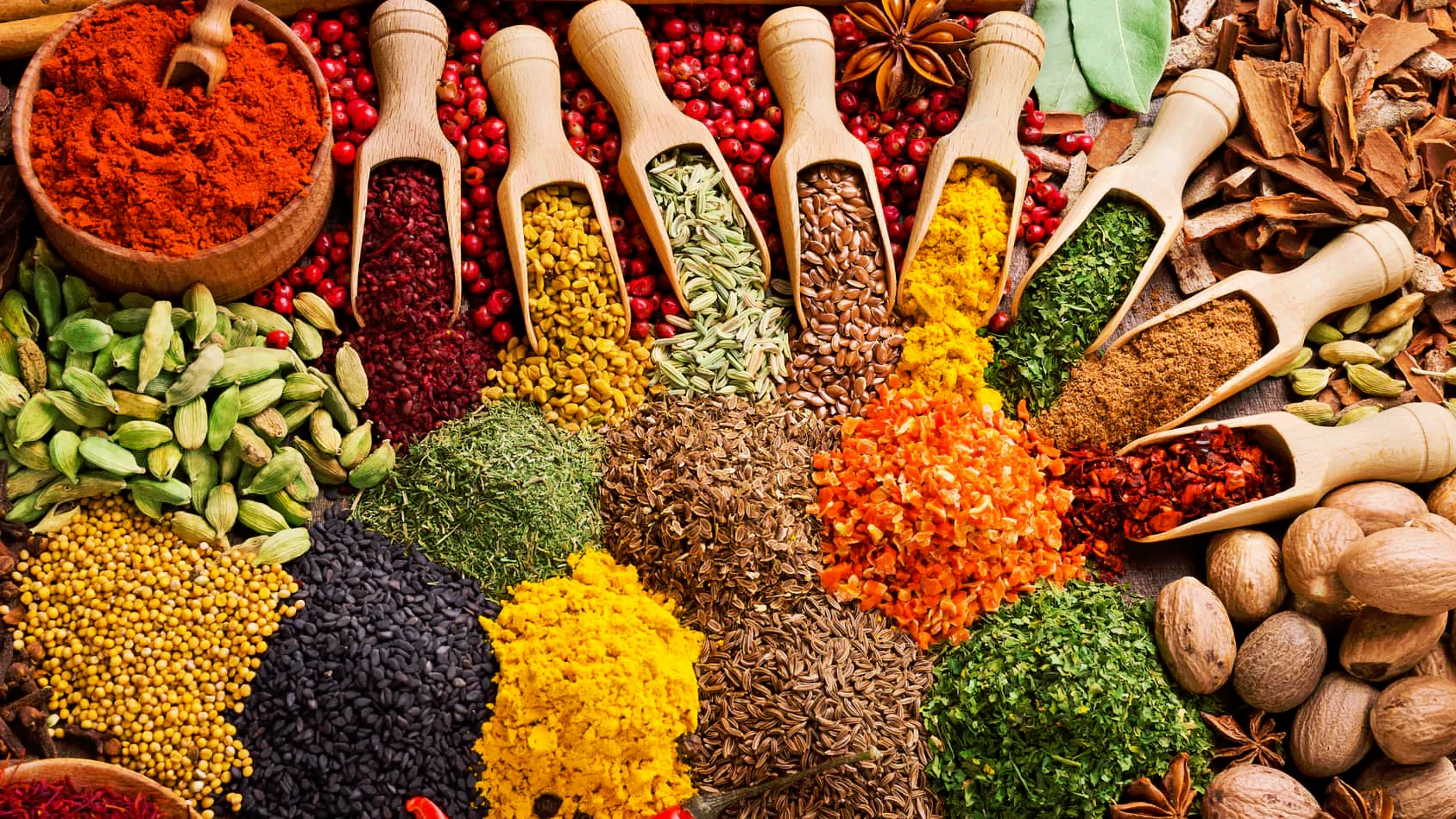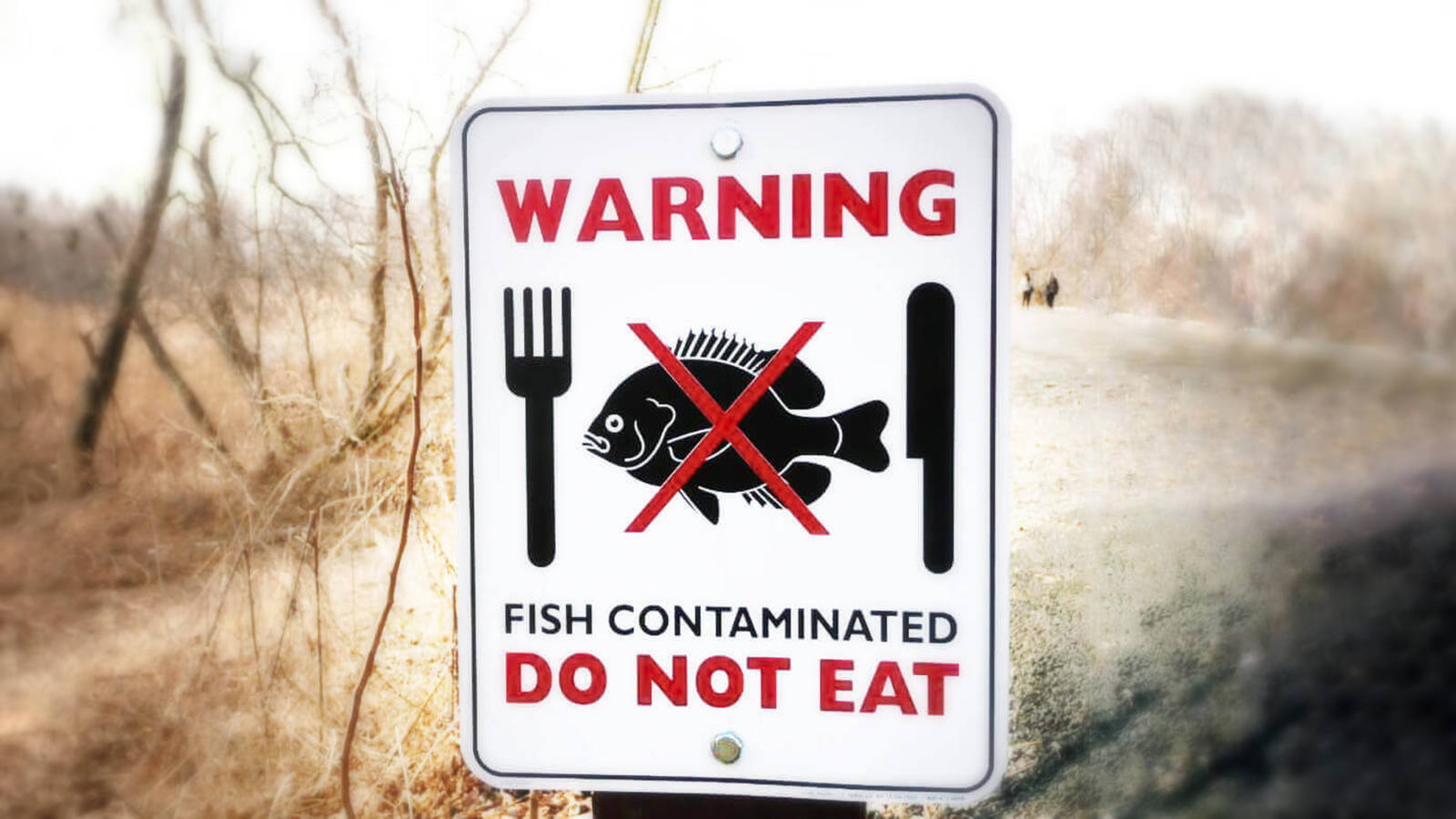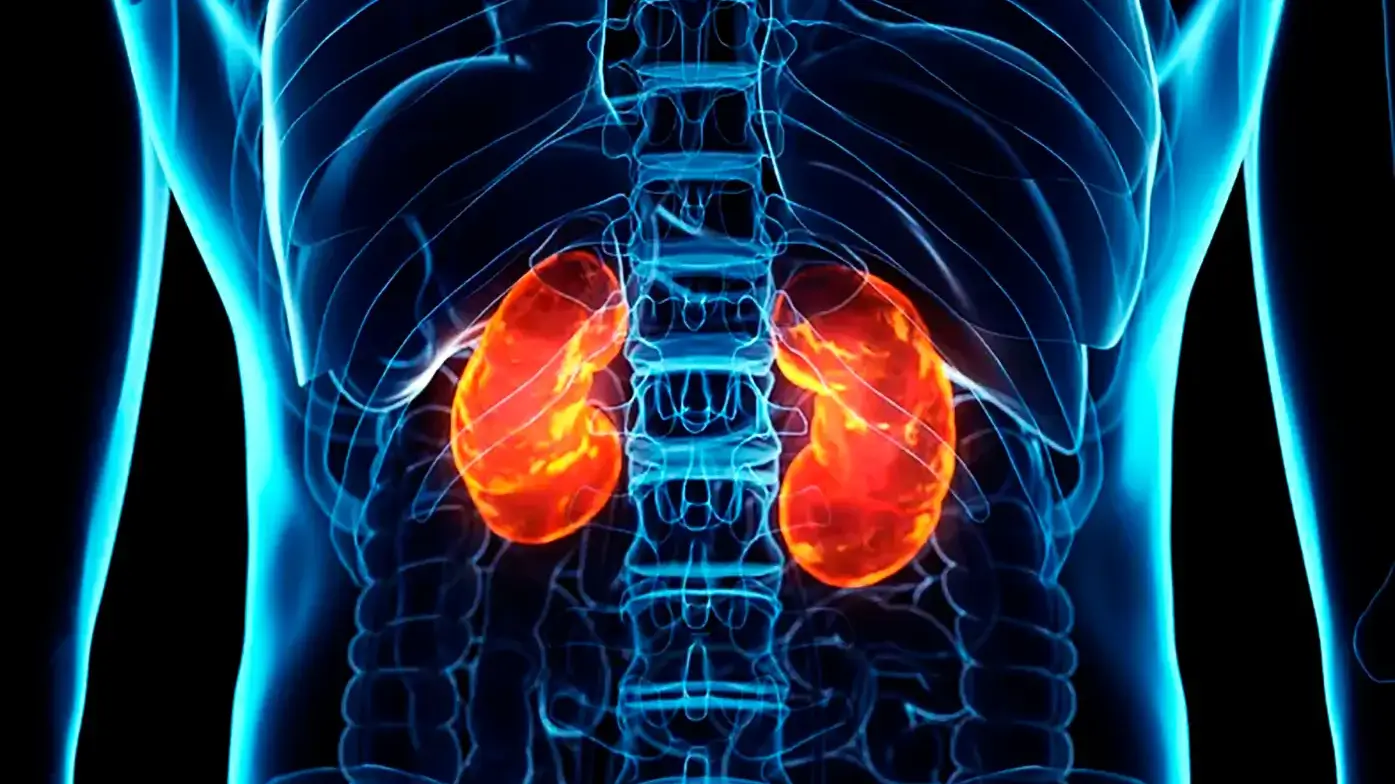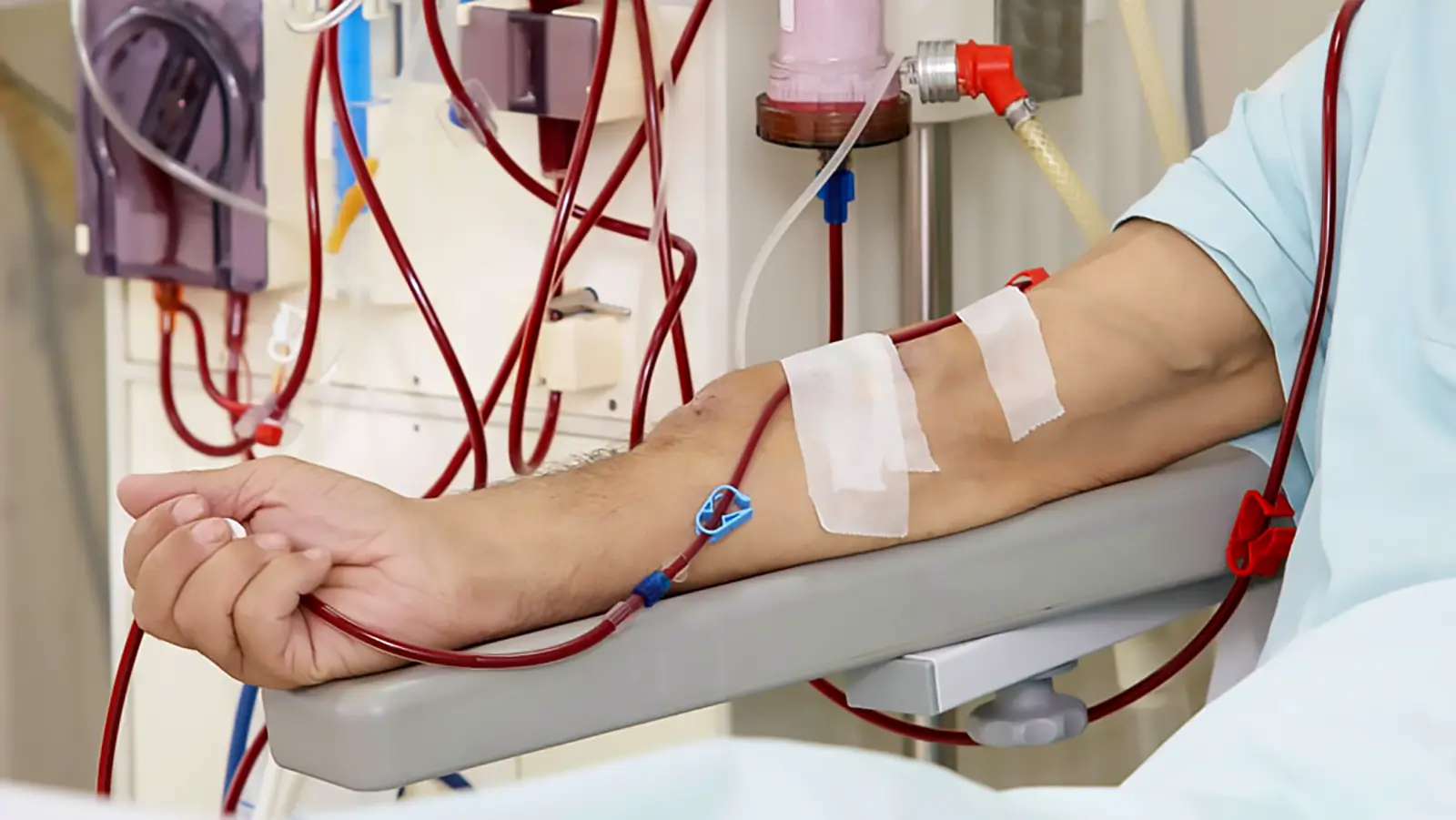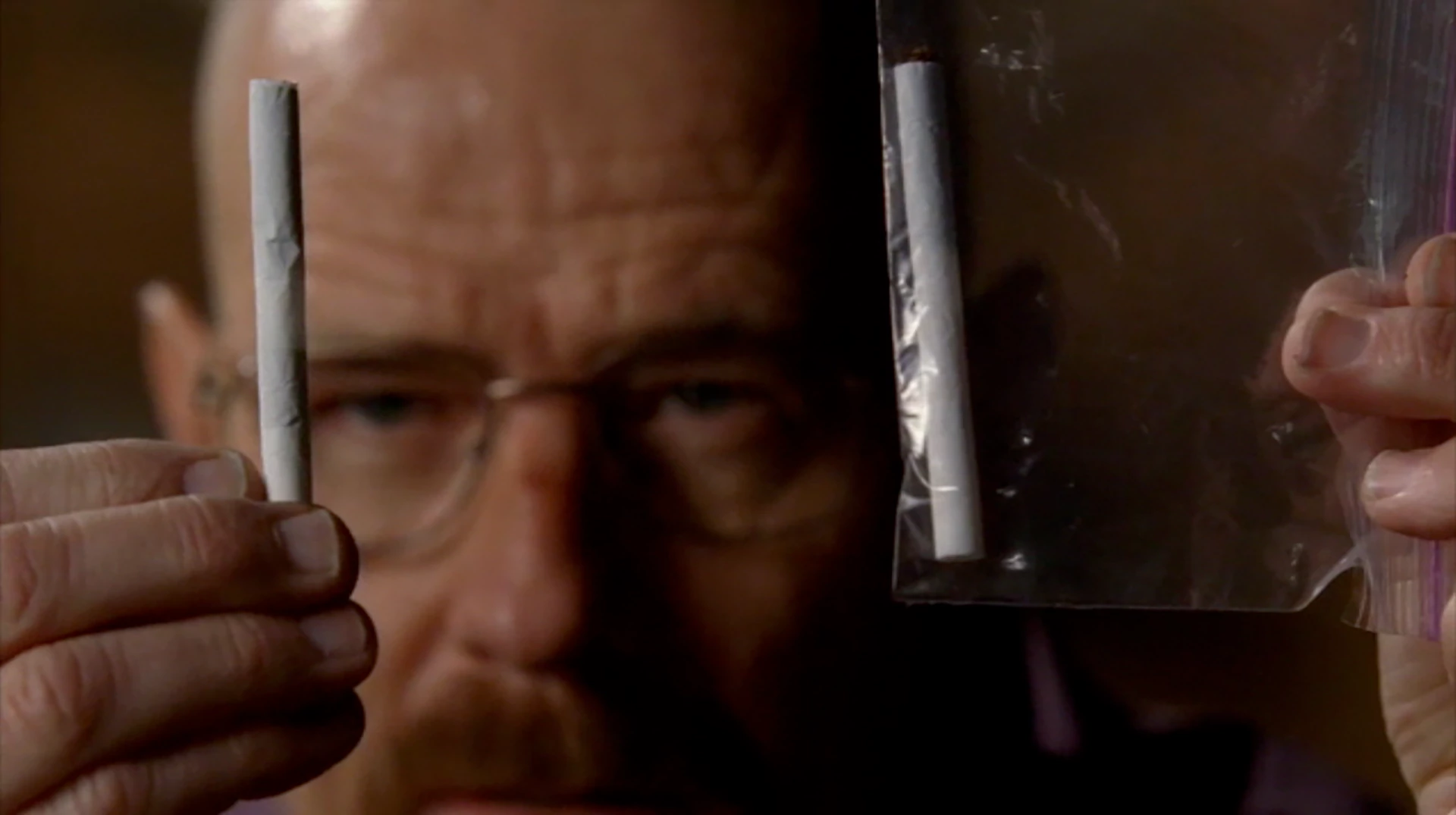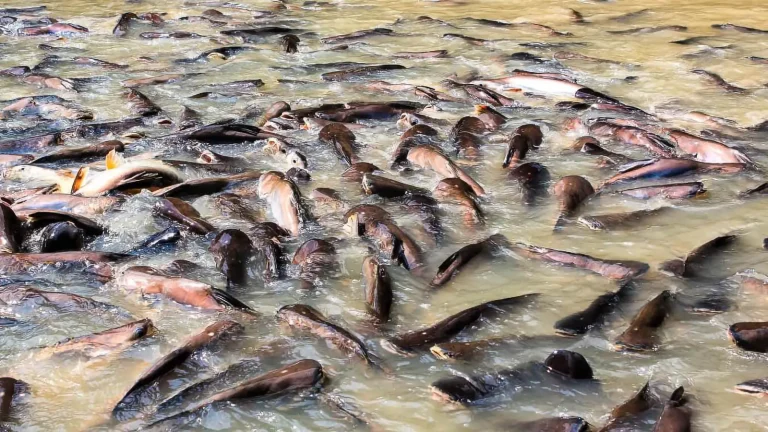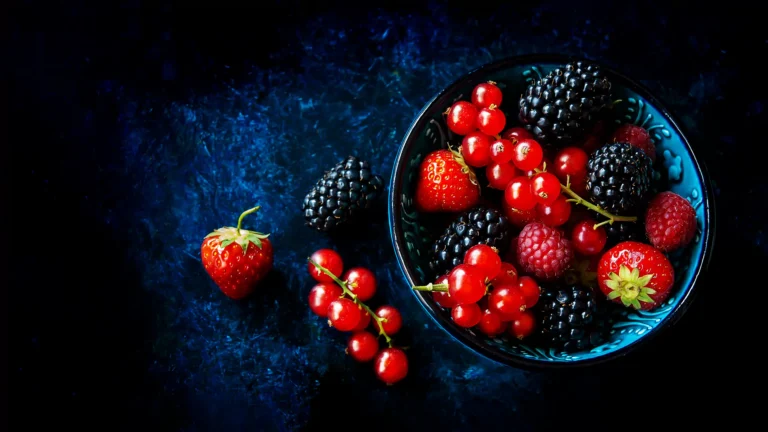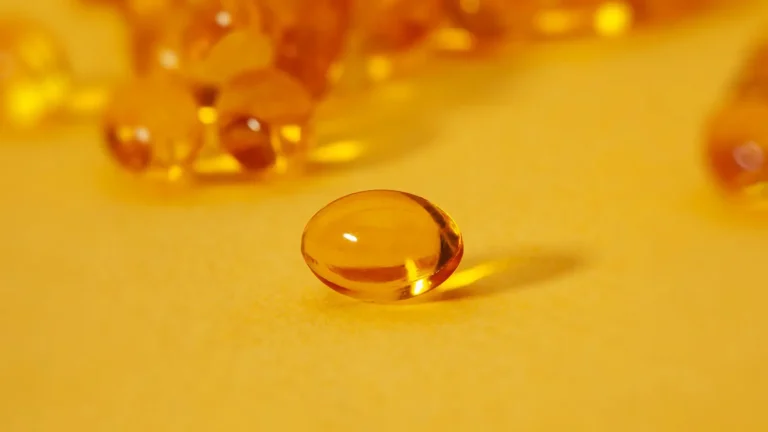La carne cocida bacterias endotoxemia la Inflamación y la dieta
Son los seres humanos omnívoros en un verdadero anatómica sentido? Hay una diferencia fundamental en la forma en que el tracto digestivo trabaja en plantas vs consumo de carne de las especies.
Milos Pokimica
Escrito por: Milos Pokimica
Revisado Médicamente Por: Dr. Xiùying Wáng, M.D.
Actualizado el 9 de junio de 2023El papel emergente de la inflamación crónica en las principales enfermedades crónicas de la sociedad moderna ha impulsado la investigación sobre el impacto de la nutrición y los patrones alimentarios en el estado inflamatorio. La mayoría de los estudios en humanos han relacionado la ingesta alimentaria con marcadores de inflamación sistémica, como la proteína C reactiva de alta sensibilidad (PCR-as), la interleucina-6 (IL-6) y el factor de necrosis tumoral alfa (TNF-).
Se han establecido influencias significativas de la dieta en el índice glucémico (IG) y la carga glucémica (CG), la fibra, la composición de ácidos grasos, el magnesio, los carotenoides y los flavonoides. En la mayoría de los estudios observacionales y de intervención, la dieta basada en alimentos vegetales integrales o incluso un patrón dietético mediterráneo tradicional, que suele tener una elevada proporción de grasas monoinsaturadas (AGMI) frente a grasas saturadas (AGS) y ácidos grasos poliinsaturados (AGPI) ω-3 a ω-6, y que aporta abundantes frutas, verduras, legumbres y cereales, ha mostrado efectos antiinflamatorios en comparación con los patrones dietéticos típicos de Norteamérica y el norte de Europa. Existe una amplia gama de factores que influyen en la inflamación causada por la dieta, pero una dieta integral rica en antioxidantes y nutrientes puede convertirse en la dieta de elección para disminuir la inflamación crónica en la práctica clínica.
La inflamación prolongada de bajo grado está relacionada con el aumento del estrés oxidativo y la alteración del metabolismo de la glucosa y los lípidos en las células grasas (adiposas), los músculos y el hígado. Por ello, las investigaciones indican que ciertos componentes de la dieta pueden influir en estas vías inflamatorias clave.
Uno de los factores que crea picos de inflamación tras el consumo de productos animales es un proceso conocido como endotoxemia. Se ha propuesto que la endotoxemia metabólica inducida por la dieta es una de las principales causas de inflamación, y estas vías parecen ser perjudiciales para un envejecimiento saludable.
Nosotros, como humanos, a diferencia de las especies carnívoras, tenemos filtros de resistencia muy bajos, lo que significa que cualquier bacteria viva que comamos estará creando inflamación, y la dieta puede matarnos si la bacteria es peligrosa. No podemos comer carne cruda. Los animales carnívoros tienen ácidos biliares extremadamente corrosivos que son capaces de matar cualquier microorganismo vivo y su sistema digestivo es prácticamente estéril. Nosotros, como cualquier otro comedor de plantas, tenemos ácidos biliares suaves y filtros de baja resistencia y tenemos que cocinar la carne y cualquier otro alimento que tenga el potencial de propagar una enfermedad infecciosa. Por ejemplo, la pasteurización es obligatoria.
Lo que la gente no entiende es que aunque cocinemos la carne no desmaterializamos por arte de magia todas las bacterias que había dentro. Sólo las matamos por el calor, pero siguen ahí. Los microorganismos siguen en la carne, pero muertos. Ya no supondrán ningún riesgo de infección.
Pero eso no significa que ya no supongan un riesgo.
Incluso las bacterias muertas no probióticas cuentan como toxinas.
Algunas de las sustancias más tóxicas del mundo son estas endotoxinas de bacterias de carne muerta.
Estas sustancias conocidas como endotoxinas (del griego éndon within; cognado con el irlandés antiguo ind-) son térmica (250C) y químicamente estables y extremadamente tóxicas. La endotoxina es un lipopolisacárido complejo (LPS) que se encuentra en la membrana celular externa de las bacterias gramnegativas (E. coli, Salmonella typhi, Shigella).
Las bacterias liberan endotoxinas en grandes cantidades tras la muerte celular, lo que provoca un estado de endotoxemia en el organismo. Esto significa que las bacterias pueden estar muertas o cocinadas durante mucho tiempo, pero sus endotoxinas siguen ahí. Las endotoxinas son químicamente muy estables y pueden resistir los mejores intentos de nuestro organismo por degradarlas con ácidos y enzimas. Una de las principales causas de los cientos de estudios que muestran una inflamación aumentada por los alimentos de origen animal, pero no por la mayoría de los alimentos vegetales, puede ser una consecuencia de la carga tóxica de endotoxinas de bacterias muertas en los productos animales. Estas bacterias liberan endotoxinas después de morir y, cuando las ingerimos, se absorben en nuestro sistema, lo que provoca la inflamación por endotoxemia que observamos tras el consumo de huevos, carne y lácteos.
Esto causaría daños en nuestros órganos internos y en todo el cuerpo y aumentaría las posibilidades de padecer enfermedades crónicas (Ghosh y otros, 1993).
Si ya padecemos una enfermedad autoinmune como la aterosclerosis, por ejemplo, esto agitará aún más nuestro sistema inmunitario y creará una respuesta inmunitaria aún mayor (Stoll y otros, 2004).
He aquí un estudio que descubrió una relación entre la exposición a las endotoxinas y la diabetes de tipo 2 (Harte et al., 2012).
Lo que hace un nivel bajo de inflamación crónica por endotoxemia es que causa daños como cualquier otra inflamación sólo que en un periodo prolongado. Lo que se traduce en un daño más rápido y notable del ADN, una mayor tasa de mortalidad por enfermedades crónicas y una disminución de la longevidad.
Por el contrario, los alimentos vegetales no muestran este rasgo, y su consumo real está correlacionado con la reacción antiinflamatoria después de una comida debido a los antioxidantes y otros antiinflamatorios que contienen. fitoquímicos. Sería interesante ver cuánta inflamación causa el consumo de carne en las especies carnívoras. Hasta ahora no he podido encontrar investigaciones que analicen la exposición a la endotoxemia por bacterias de la carne muerta en especies carnívoras. Esto podría ser potencialmente interesante porque si la carne no causa inflamación en los animales carnívoros, podríamos buscar una manera de reducir la misma inflamación en nuestros propios cuerpos.
El consumo de carne, por tanto, se asocia a un aumento de la inflamación, incluso si no tenemos en cuenta el riesgo de bacterias infecciosas vivas. Este mecanismo es natural y normal, y todas las especies carnívoras lo tienen en cierta medida, pero son más hábiles para sobrellevarlo.
Una hamburguesa fresca contiene aproximadamente cien millones de bacterias por cuarto de libra. Ingerir comidas con alto contenido en endotoxinas bacterianas podría desarrollar episodios inflamatorios leves pero sistémicos que predisponen a los sujetos al desarrollo de enfermedades crónicas.
La grasa animal que viene en el mismo paquete puede desempeñar un papel en la patogénesis de esta inflamación después de las comidas. Las endotoxinas sienten una poderosa atracción por las grasas saturadas, por lo que se adhieren a ellas y luego se absorben a través de la pared intestinal y llegan al torrente sanguíneo (Erridge, 2011).
¿Sucedería esto si comiéramos alimentos ricos en grasas saturadas de origen vegetal? Sí, pero la diferencia es que en los alimentos de origen vegetal no hay niveles elevados de estas toxinas. Por ejemplo, el cacao tiene un alto contenido en grasa. Es una de las plantas que tiene la energía almacenada en forma de grasa saturada, la misma grasa que se encuentra en el reino animal. Pero el cacao también tiene un gran número de antioxidantes y en los estudios siempre disminuye el nivel de proteína C reactiva en los sujetos (un marcador de inflamación) (Erridge et al., 2007), (Herieka y otros, 2014).
La alta contenido en antioxidantes del cacao prevalece y es capaz de neutralizar los efectos proinflamatorios de las endotoxinas que, para empezar, no están presentes en las plantas en grandes cantidades (Gu y otros, 2014).
El problema de la carne es su elevada concentración de bacterias. Esto significa que comer una dieta occidental estándar rica en proteínas animales y azúcar refinado y grasa requerirán un nivel mucho más alto de antioxidantes para anular los efectos proinflamatorios nocivos.
La pregunta será dónde podemos utilizar estos descubrimientos y si podemos disminuir los efectos proinflamatorios de las comidas ricas en proteínas animales con alimentos ricos en antioxidantes. En otras palabras, ¿podemos seguir comiendo carne, pero también añadir a la misma comida algunas verduras o frutas ricas en antioxidantes para evitar el riesgo (Burton-Freeman, 2010).
Se ha realizado un gran número de estudios sobre un tema y la conclusión es que sí se puede, pero sólo hasta cierto punto. Evitar la exposición a las toxinas es nuestro principal objetivo. Si realmente tienes que comer productos animales, entonces al menos incorpora una cantidad adecuada de fuentes de alimentos antiinflamatorios y calcula tu ingesta óptima de ORAC (capacidad de absorción de radicales de oxígeno). Puede encontrar los valores ORAC aquí (Valores ORAC). Esto no anularía completamente la toxicidad de la exposición a la endotoxemia por bacterias de la carne muerta. Estas toxinas son muy potentes y difíciles de desintoxicar. Hay individuos genéticamente susceptibles que tienen más dificultades para desintoxicar estos compuestos. Los alimentos ricos en antioxidantes reducirán el riesgo en un grado relevante y mi consejo es optimizar la ingesta de antioxidantes.
Lo mejor sería seguir una dieta basada en alimentos vegetales integrales que tiene un nivel óptimo de unidades ORAC y una amplia gama de fuentes de alimentos proinflamatorios con un nivel adecuado de todos los micronutrientes esenciales.
Esto es lo que dice al respecto el British Journal of Nutrition.
“El estado posprandial (alimentado) es un estado prooxidante. El período posprandial es un momento de metabolismo oxidativo activo y formación de ROS (radicales libres). Cada vez hay más pruebas de que el estado posprandial es un factor importante que contribuye a las enfermedades crónicas. Se plantean dos preguntas principales: en primer lugar, ¿qué papel desempeñan los alimentos vegetales, concretamente las frutas ricas en compuestos fenólicos complejos y simples, en la gestión metabólica posprandial?; y, en segundo lugar, ¿las pruebas respaldan el consumo de estas frutas con las comidas como estrategia práctica para preservar la salud y reducir el riesgo de enfermedades? Los datos recopilados sugieren que el consumo de frutas ricas en fenoles aumenta la capacidad antioxidante de la sangre y, cuando se consumen con comidas ricas en grasas y carbohidratos ‘prooxidantes y proinflamatorios’, pueden contrarrestar sus efectos negativos. Dado el contenido y la disponibilidad de grasas y carbohidratos en la dieta occidental, el consumo regular de alimentos ricos en fenoles, especialmente junto con las comidas, parece ser una estrategia prudente para mantener el equilibrio oxidativo y la salud.“
Referencias:
- Ghosh, S., Latimer, R. D., Gray, B. M., Harwood, R. J., & Oduro, A. (1993). Endotoxin-induced organ injury. Medicina crítica, 21(2 Suppl), S19-S24. https://doi.org/10.1097/00003246-199302001-00005
- Stoll, L. L., Denning, G. M., & Weintraub, N. L. (2004). Potential role of endotoxin as a proinflammatory mediator of atherosclerosis. Arteriosclerosis, trombosis y biología vascular, 24(12), 2227-2236. https://doi.org/10.1161/01.ATV.0000147534.69062.dc
- Harte, A. L., Varma, M. C., Tripathi, G., McGee, K. C., Al-Daghri, N. M., Al-Attas, O. S., Sabico, S., O’Hare, J. P., Ceriello, A., Saravanan, P., Kumar, S. y McTernan, P. G. (2012). El consumo elevado de grasas provoca una exposición aguda posprandial a la endotoxina circulante en sujetos con diabetes tipo 2. Atención a la diabetes, 35(2), 375-382. https://doi.org/10.2337/dc11-1593
- Erridge C. (2011). La capacidad de los alimentos para inducir la activación inmunitaria innata de los monocitos humanos in vitro depende del contenido alimentario de estimulantes de los receptores Toll-like 2 y 4. El British journal of nutrition, 105(1), 15-23. https://doi.org/10.1017/S0007114510003004
- Erridge, C., Attina, T., Spickett, C. M., & Webb, D. J. (2007). A high-fat meal induces low-grade endotoxemia: evidence of a novel mechanism of postprandial inflammation. El diario Americano de la nutrición clínica, 86(5), 1286-1292. https://doi.org/10.1093/ajcn/86.5.1286
- Herieka, M., & Erridge, C. (2014). Inflamación postprandial inducida por una comida rica en grasas. Nutrición molecular e investigación alimentaria, 58(1), 136-146. https://doi.org/10.1002/mnfr.201300104
- Gu, Y., Yu, S., Park, J. Y., Harvatine, K., & Lambert, J. D. (2014). El cacao dietético reduce la endotoxemia metabólica y la inflamación del tejido adiposo en ratones alimentados con alto contenido graso. Revista de bioquímica nutricional, 25(4), 439-445. https://doi.org/10.1016/j.jnutbio.2013.12.004
- Burton-Freeman B. (2010). Eventos metabólicos posprandiales y compuestos fenólicos derivados de frutas: una revisión de la ciencia. El British journal of nutrition, 104 Suplemento 3, T1 – S14. https://doi.org/10.1017/S0007114510003909
Contenidos Relacionados
¿Tienes alguna duda acerca de la nutrición y la salud?
Me encantaría saber de usted y responderlas en mi próxima publicación. Agradezco sus aportes y opiniones y espero tener noticias suyas pronto. También te invito a síguenos en Facebook, Instagram y Pinterest para más contenidos sobre dieta, nutrición y salud. Puedes dejar un comentario allí y conectar con otros entusiastas de la salud, compartir tus consejos y experiencias, y recibir apoyo y ánimo de nuestro equipo y nuestra comunidad.
Espero que este post le haya resultado informativo y ameno y que esté preparado para aplicar los conocimientos adquiridos. Si le ha resultado útil, por favor compártelo con tus amigos y familiares que también podrían beneficiarse de ella. Nunca se sabe quién puede necesitar orientación y apoyo en su camino hacia la salud.
– También Te Puede Interesar –

Aprenda Sobre Nutricion
Milos Pokimica es doctor en medicina natural, nutricionista clínico, escritor sobre salud médica y nutrición y asesor en ciencias de la nutrición. Autor de la serie de libros Go Vegan? Revisión de la Ciencia, también dirige el sitio web sobre salud natural GoVeganWay.com.
Descargo De Responsabilidad Médica
GoVeganWay.com le ofrece reseñas de las últimas investigaciones relacionadas con la nutrición y la salud. La información proporcionada representa la opinión personal del autor y no pretende ni implica sustituir el asesoramiento, diagnóstico o tratamiento médico profesional. La información proporcionada tiene fines informativos únicamente y no pretende sustituir la consulta, el diagnóstico y/o el tratamiento médico de un médico o proveedor de atención médica calificado.NUNCA ignore el CONSEJO MÉDICO PROFESIONAL O RETRASAR la BÚSQUEDA de TRATAMIENTO MÉDICO a CAUSA DE ALGO QUE HAYA LEÍDO EN O accesibles a TRAVÉS de GoVeganWay.com
NUNCA APLICAR CUALQUIER cambio de ESTILO de vida O CAMBIOS EN su totalidad COMO UNA CONSECUENCIA DE ALGO QUE HA LEÍDO EN GoVeganWay.com ANTES de CONSULTAR con LICENCIA PROFESIONAL MÉDICO.
En el caso de una emergencia médica, llame a un médico o al 911 inmediatamente. GoVeganWay.com no se recomienda ni aprueba ninguna de los grupos, las organizaciones, las pruebas, los médicos, productos, procedimientos, opiniones u otra información que pueda ser mencionado en el interior.
Selecciones del editor –
Milos Pokimica es escritor especializado en salud y nutrición y asesor en ciencias nutricionales. Autor de la serie de libros Go Vegan? Revisión de la Ciencia, también dirige el sitio web sobre salud natural GoVeganWay.com.
Últimos artículos -
Top Noticias De Salud — ScienceDaily
PubMed, #Dieta vegana –
- Biomarkersen diciembre 26, 2025
CONCLUSION: Findings suggest that PBDs may be associated with blood-based AD biomarkers, independent of age of sex. Higher plasma levels of Aβ1-42/Aβ1-40 in PBDs compared to RMEs, indicated that PBDs might be associated with lesser amyloid burden. However, higher levels of other plasma AD biomarkers were present in some PBDs compared to RMEs. Future studies should aim to examine associations between specific nutrients and biomarkers of AD to further elucidate the role of diet quality and…
- Dementia Care Research and Psychosocial Factorsen diciembre 25, 2025
CONCLUSION: Around 2% of the world’s population is homozygous for APOE4, making it increasingly rare for three siblings within one family to present with this genetic makeup, two of whom go on to develop early onset Alzheimer’s disease. Further medical testing is warranted regarding the current patient’s cognitive status and biomarkers for Alzheimer’s Disease. This case study could contribute to a greater understanding of protective lifestyle changes that delay Alzheimer’s disease, […]
- Comparing diet-related attitudes, perceptions, and behaviors of vegan and omnivorous adults: results from a cross-sectional survey study in Germanyen diciembre 22, 2025
CONCLUSION: The findings are consistent with and build on existing research on cognitive and behavioral patterns related to a vegan diet, while at the same time yielding some additional insights. In particular, the results on significant differences in the risk-benefit perception of a vegan diet, as well as on motivations and influences regarding the decision to follow a vegan diet provide an important basis for the development of public health interventions and a foundation for further […]
- Assessment of vitamin A, vitamin B2, vitamin B12, vitamin K, folate, and choline status following 4 months of multinutrient supplementation in healthy vegans: a randomised,…en diciembre 19, 2025
CONCLUSION: A multinutrient supplement containing 82 µg of vitamin B(12) per day significantly positively affected vitamin B(12) blood biomarkers in healthy vegans.
- Exploring the synergistic potential of pH and ultrasonication on the functional properties of pea and lentil protein isolates and its formulation in food producten diciembre 15, 2025
The substitution of meat proteins with plant-based proteins from various sources is often motivated by nutritional considerations. However, the inherent limited solubility of plant proteins, which results in suboptimal techno-functional properties, remains a persistent challenge in food formulation. The purpose of this study was to utilize unique properties of pea (Pisum sativum L.) and lentil (Lens culinaris) through ultrasonication and pH variation in order to develop a stable and […]
Publicaciones aleatorias –
Publicaciones destacadas -
La última versión desde PubMed, #Dieta basada en plantas –
- Plant-based protein for older adults with obesitypor Sophie L van Oppenraaij en diciembre 26, 2025
The global syndemic of obesity, undernutrition, and climate change – three interconnected challenges – threatens both human and planetary health. This review focuses on one critical intersection: older populations living with overweight and obesity in the context of sustainable nutrition. Obesity and sarcopenia, particularly the co-occurrence called sarcopenic obesity, are often overlooked until the onset or exacerbation of other diseases necessitates secondary care. Preventing sarcopenic…
- Biomarkerspor Shaun Eslick en diciembre 26, 2025
CONCLUSION: Findings suggest that PBDs may be associated with blood-based AD biomarkers, independent of age of sex. Higher plasma levels of Aβ1-42/Aβ1-40 in PBDs compared to RMEs, indicated that PBDs might be associated with lesser amyloid burden. However, higher levels of other plasma AD biomarkers were present in some PBDs compared to RMEs. Future studies should aim to examine associations between specific nutrients and biomarkers of AD to further elucidate the role of diet quality and…
- Seasonal Dietary Patterns of Tarim Red Deer (Cervus hanglu yarkandensis) Revealed by the trnL Sequencing Approach in the Tarim River Basin (Xinjiang, China)por Cheng Qi en diciembre 25, 2025
The Tarim red deer (Cervus hanglu yarkandensis) is a flagship species inhabiting the Euphrates poplar (Populus euphratica) riparian forests along the Tarim River in China. It is listed as a Class I nationally protected species but despite its importance, current knowledge about this subspecies remains limited, particularly regarding the seasonal variation in its foraging ecology within the Shaya region of Xinjiang-a landscape characterized by a mosaic of Euphrates poplar forests interspersed…
- The potential of immature jackfruit in meat analoguespor Anne C M Swinkels en diciembre 24, 2025
The jackfruit, the fruit of the jackfruit tree ( Artocarpus heterophyllus ), is a unique tropical fruit. While sweet and fruity in its ripe form, in its immature form, the jackfruit flesh mimics the texture of meat, making it an increasingly popular plant-based meat analogue. To reach its full potential as an ingredient for meat analogues, a better understanding of the immature fruit properties in relation to its behaviour in food products is required. This review focuses on immature […]
- The 3V score and joint associations of low ultra-processed food, biodiverse and plant-based diets on colorectal cancer risk: results from the European Prospective Investigation into Cancer and…por Emine Koc Cakmak en diciembre 24, 2025
BACKGROUND: Diet may modify colorectal cancer risk. We investigated the associations of three dietary patterns, ultra-processed food (UPF) consumption, healthy plant-based food consumption, and food biodiversity, separately and combined into a “3V” score with risk of colorectal cancer.
- Lifestyle-Based Approaches to Cancer Prevention and Treatment: Diet, Physical Activity, and Integrative Strategiespor Gianpiero Greco en diciembre 24, 2025
Cancer remains a leading global cause of morbidity and mortality. Modifiable lifestyle factors, including avoidance of tobacco use and excessive ultraviolet radiation, healthy dietary patterns, regular physical activity, and weight management, play key roles in prevention and care. This narrative review synthesizes evidence on lifestyle-based interventions influencing cancer risk, treatment tolerance, and survivorship. A literature search was conducted in PubMed and Scopus, supplemented by…

